Retro-Casting Dune in 1965 | Screen Rant
Most Dune fans remember the rather odd 1984 film, which was based on one of the most influential 60s sci-fi novels ever written. It starred everyone from music legend Sting, to Patrick Stewart, the future Captain of the U.S.S. Enterprise. Now, Denis Villeneuve has just released his first of a two-part Dune adaptation for 2021 audiences, and it's proving to be a solid hit.
What if the film were made in 1965, the year of the novel's original release? How would a mid-60s Dune adaptation look, and who would star in it? Indeed, the right assortment of actors and actresses would be vital in making it a believable film, and thankfully, there was a fantastic pool of talent to draw from during that decade.
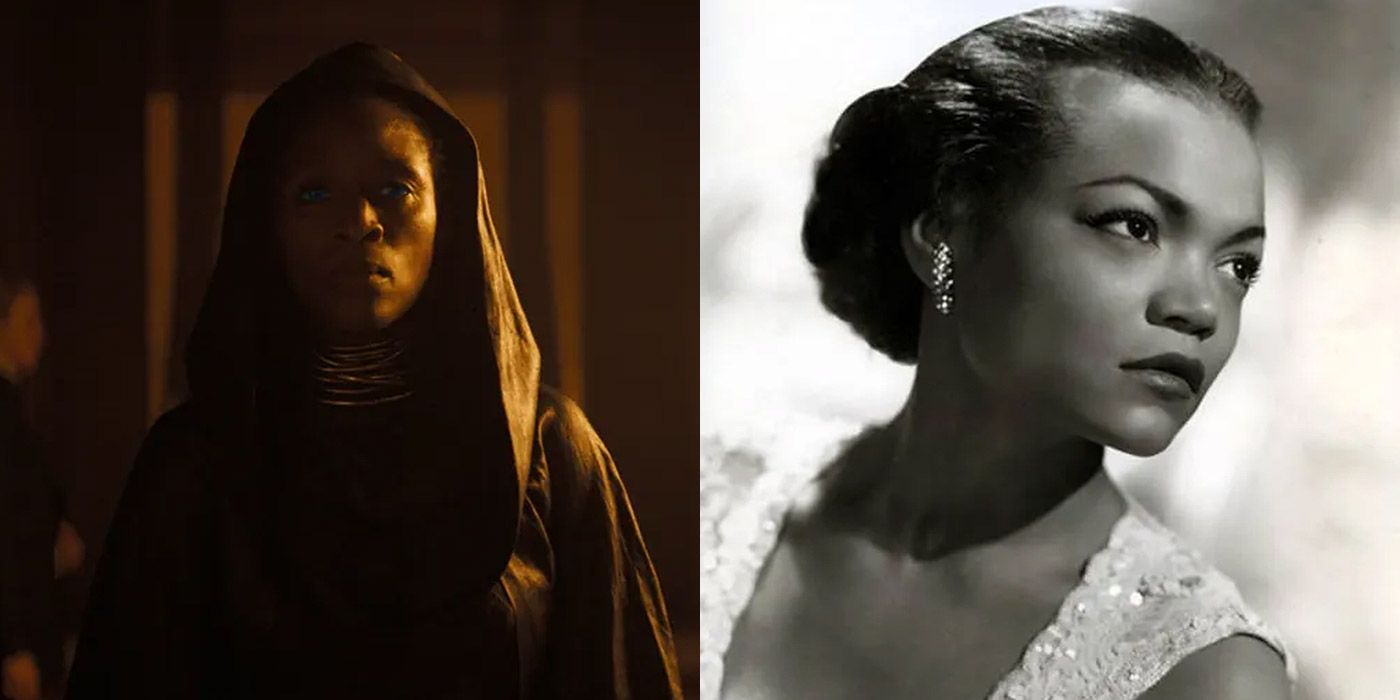
In the new Dune adaptation, the character of Liet Kynes has been gender-swapped, which means the source material cannot be relied on. It's only possible to compare actress Sharon Duncan-Brewster to another who would be capable of fitting the bill for a '65 version. Eartha Kitt comes to mind, in part due to her cultural relevance during that decade.
Kynes is a rather stoic and straightforward character who is more interested in ecology and science. Yet, there's a political element to the character as well, primarily when it comes to the Fremen, which Kynes led. Kitt was known for being a flamboyant artist, but it would be interesting to see her dial it back, and play a more straight-laced character in a Dune movie.
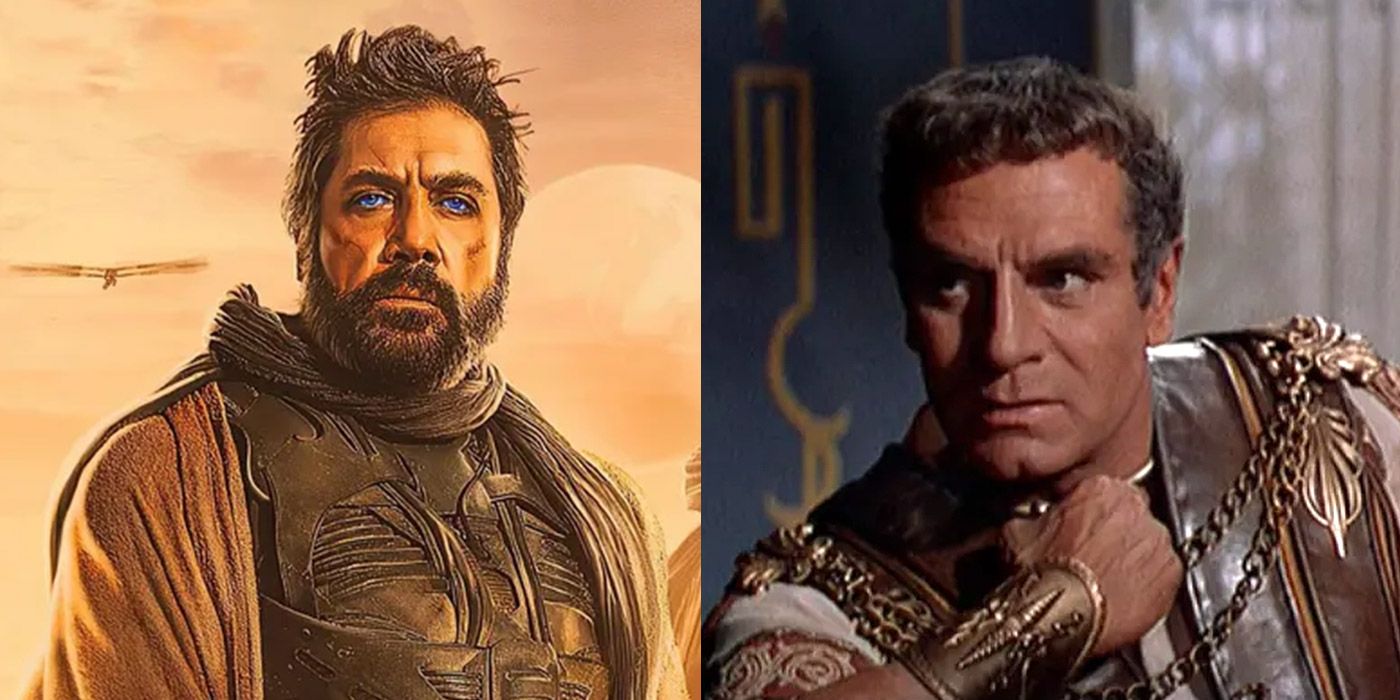
Javier Bardem plays Stilgar in the 2021 film adaptation of Dune, and that character is described as a thin guy with an equally thin nose, a full-lipped mouth and a beard. Laurence Olivier certainly fits two out of those three criteria, and it would be easy to nail the third with something from the prop department.
Stilgar is depicted in the original novel as a stalwart and heroic character who befriends Paul Atreides and his mother, and that would require an actor capable of appearing both benevolent, and crafty. There are shady aspects to his character, and Olivier's most iconic movie roles reflected that time and time again.
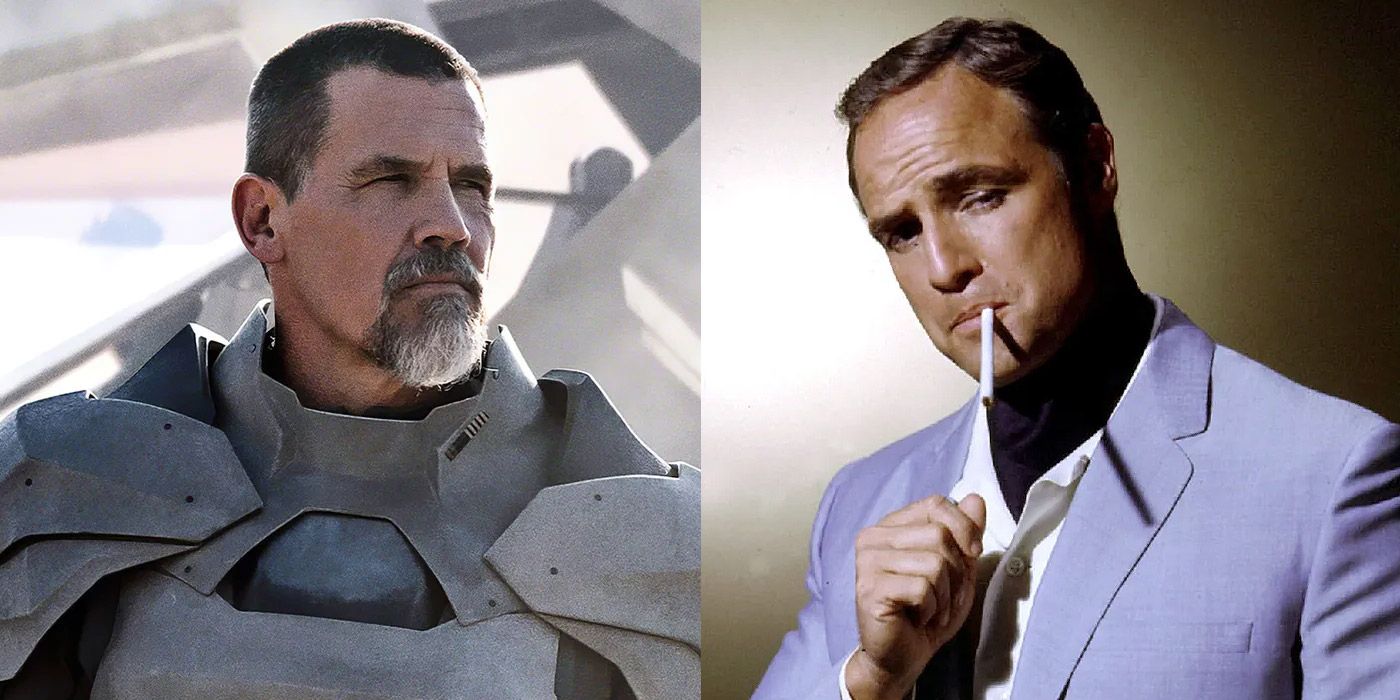
Gurney Halleck's character is described as a burly and brawny fellow with less-than-supermodel facial features, meaning the actor who portrayed him would have to be able to pull off that combination. Josh Brolin plays him in the 2021 version of Dune, but there's no reason Marlon Brando couldn't have tackled it in a '65 production.
Brando was capable of looking either suave and debonair, or weird and off-putting. Physically, he was somewhere in the middle of the spectrum, meaning a little makeup in the right spots could allow him to fill the role of Halleck with relative ease, if he was able to conjure more of his menace, and less of his fatherly benevolence.
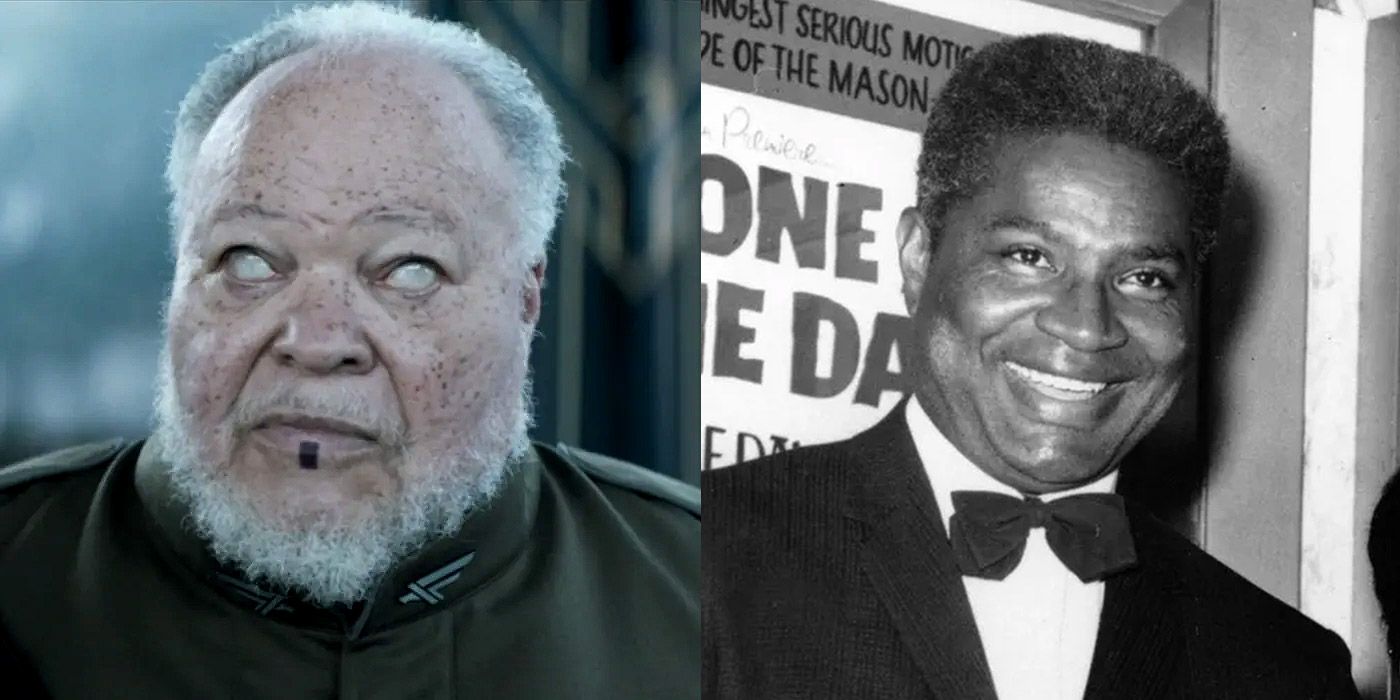
Ossie Davis didn't break into movies until the mid-1980s, but he quickly became a recognizable face in Hollywood when he did. The character of Thufir Hawat is described as an elderly man weathered by both time, and experience, which Davis could have pulled off in 1965 with a bit of a makeup job.
Hawat is largely an advisor and strategist for House Atreides, and as such, his physicality is less of a concern. He was originally played by actor Freddie Jones in the 1984 film version of Dune, and both he and Davis are capable of handling the same kind of advisor character, with relative ease.
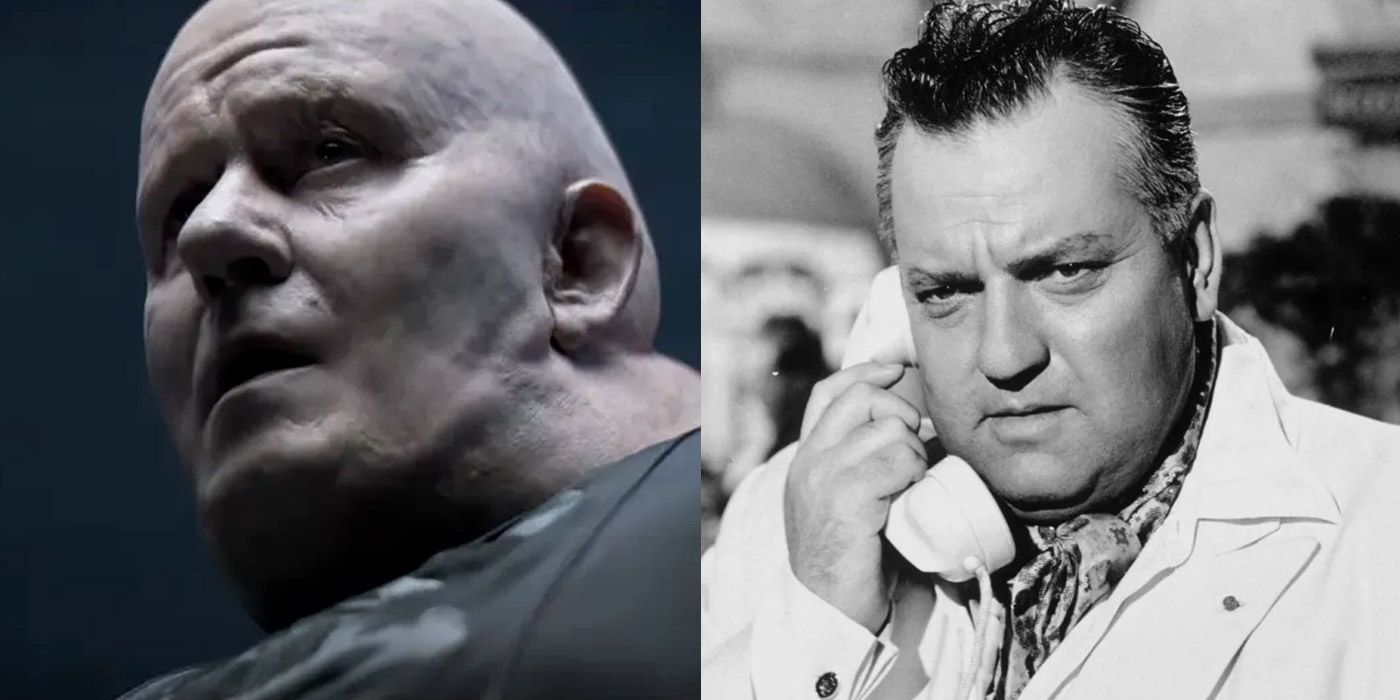
There are a lot of facts about Baron Harkonnen that only fans of the book know, but his physicality is fairly well documented. He's described as a formerly tall and muscular fellow who became obese over time, meaning the actor who played him would have to appear heavy set. In the new Dune film, the character is played by Stellan Skarsgård, but a 1965 version of the film would need an actor of similar appearance.
It's hard to picture anyone except the legendary Orson Welles in the role. His larger-than-life presence, imposing physicality and deeply baritone voice would have made for a very intimidating Baron Harkonnen. His role in the 1967 classic Chimes at Midnight - which he also directed - gives some insight as to what kind of performance Dune fans could have expected.
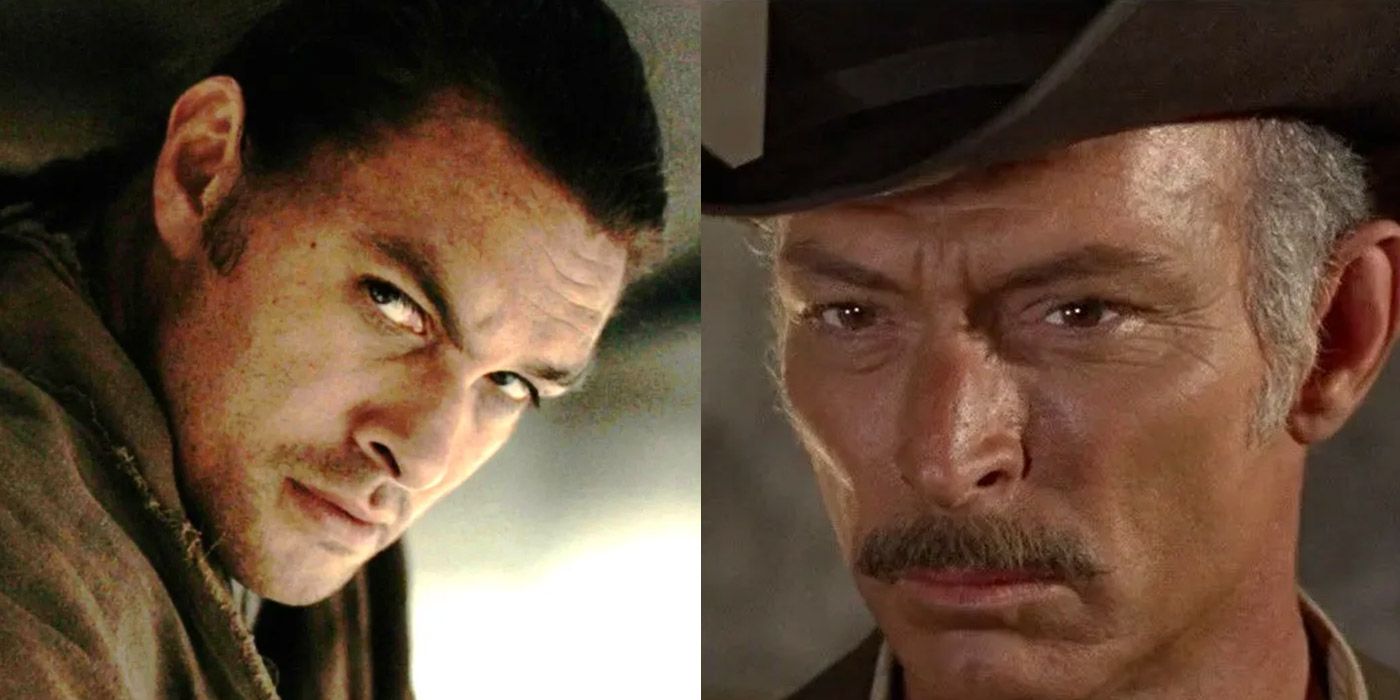
Lee Van Cleef is best remembered for starring in a string of Sergio Leone westerns, notably the Clint Eastwood classic The Good, The Bad And The Ugly. Though he doesn't have the same physicality as Duncan Idaho actor Jason Momoa, he does have the same tough guy look, with an arguably tougher personality.
The actor had a definite edge when it came to physicality, often playing rigid and gritty character types. His bad boy attitude fits well with the character of Duncan Idaho, an extremely capable warrior, not to mention a dashing bad boy, to boot.
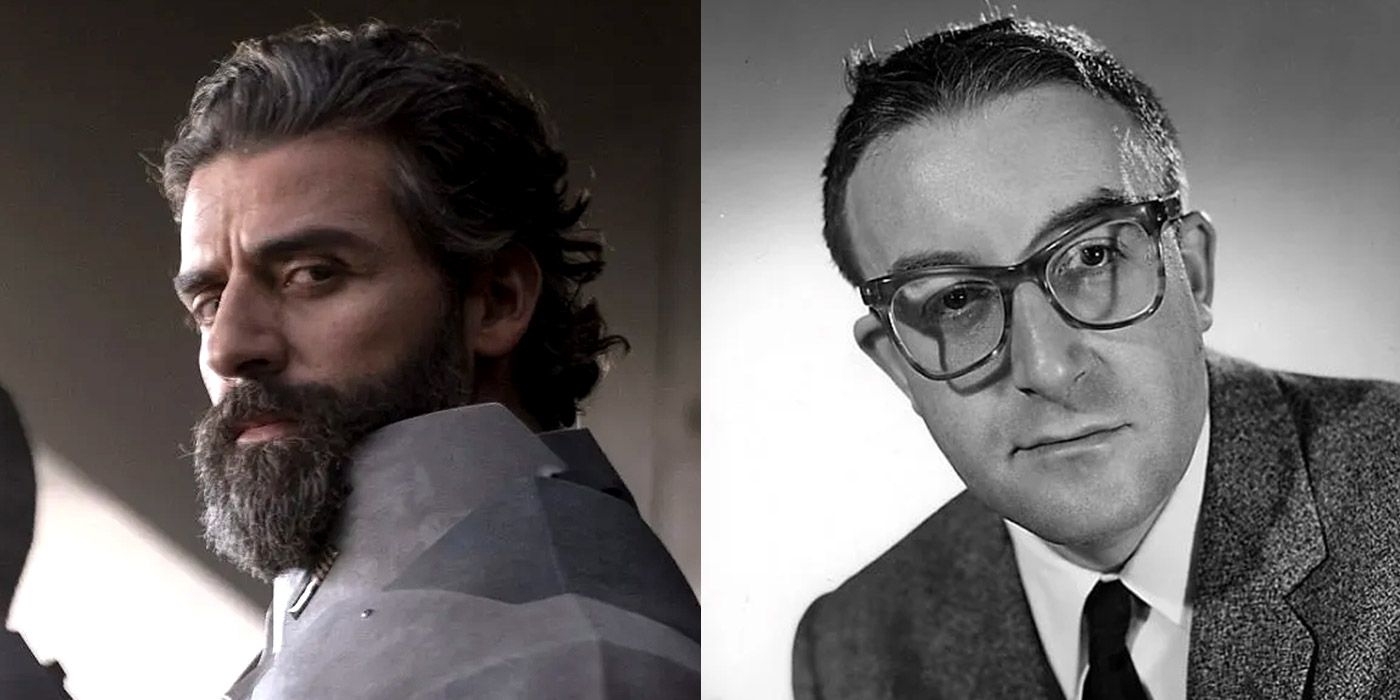
Most know of Peter Sellers for putting audiences in stitches with a variety of hilarious comedy films. His timeless work as Inspector Clouseau from the classic Pink Panther films is of particular note, but the man possessed a dramatic range that went far beyond just slapstick comedy. He also portrayed the alarmingly uncomfortable Clare Quilty in Lolita, Lionel Meadows in Never Let Go, and Benjamin in Hoffman.
To see Sellers in the role of Leto Atreides would have been one of the most unique casting decisions of the time. Sellers would be able to draw upon his ability to play against type when called on to do so, which would have thrown expectations out the window, creating a fantastic interpretation of one of Dune's best characters.
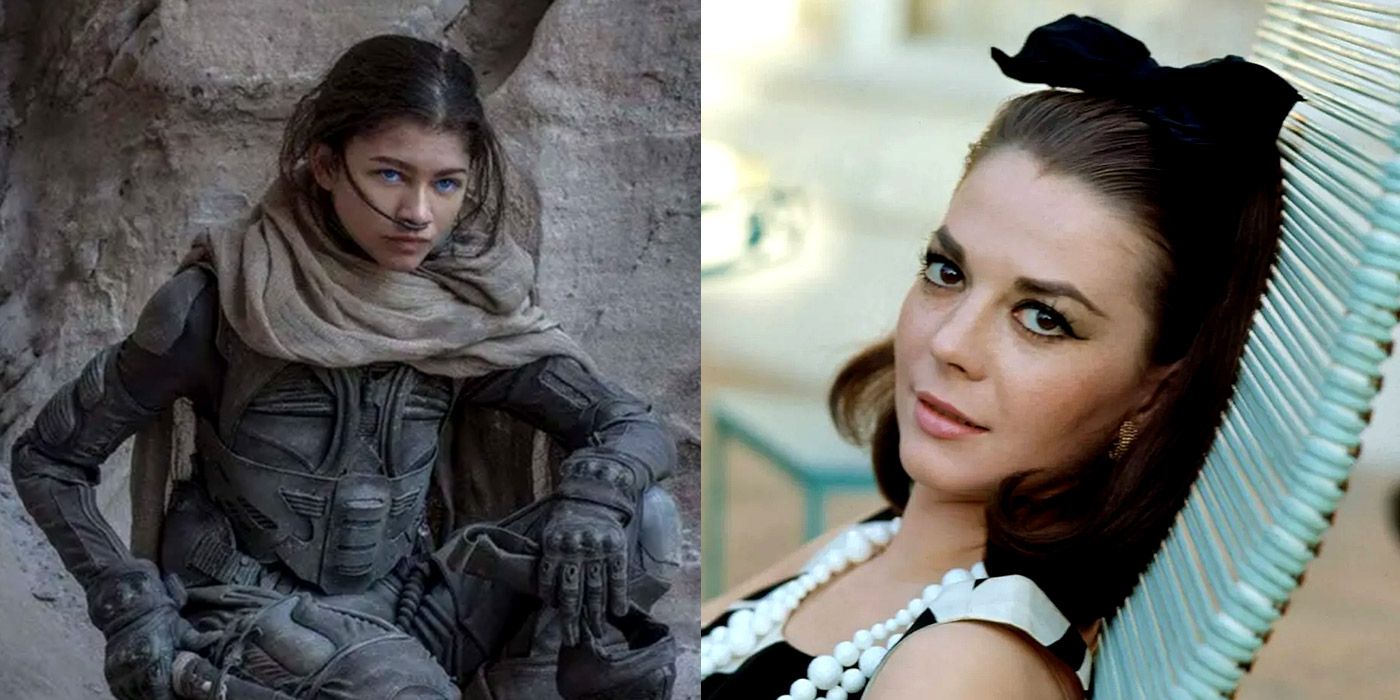
Natalie Wood is best remembered for being a firecracker in many of her roles, particularly 1965's The Great Race. She possessed an incredible level of energy and expression, in spite of her diminutive five foot tall body. Part of this would work to her advantage when it came to tackling the role of Chani.
The character is renowned for being a capable fighter, despite her elegant demeanor. Her unassuming physical presence could effectively mask this, giving Wood an opportunity to showcase her high level of physical energy. The question is whether she could pull back on that energy for more dramatic scenes.
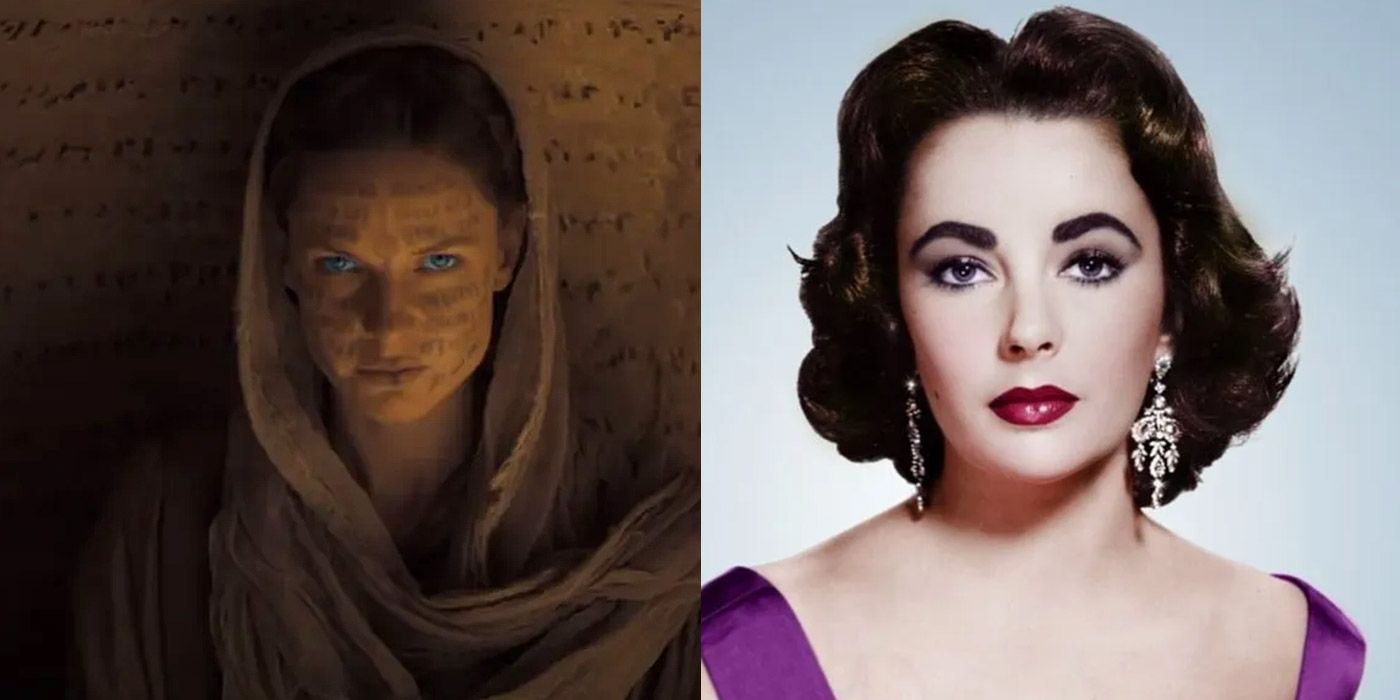
Liz Taylor was already a hot commodity in the early 60s, having just come off the iconic set of Cleopatra in '63. She'd already played a distinguished lady in that film, albeit one tinged with an aura of mysticism and grandeur. Migrating to a 1965 version of Dune would have been rather easy for her.
The actress always did have a commanding presence, especially in those early days. As Jessica Atreides, Taylor would have stolen the scene as a concubine with a particularly important social and political destiny attached to her history.
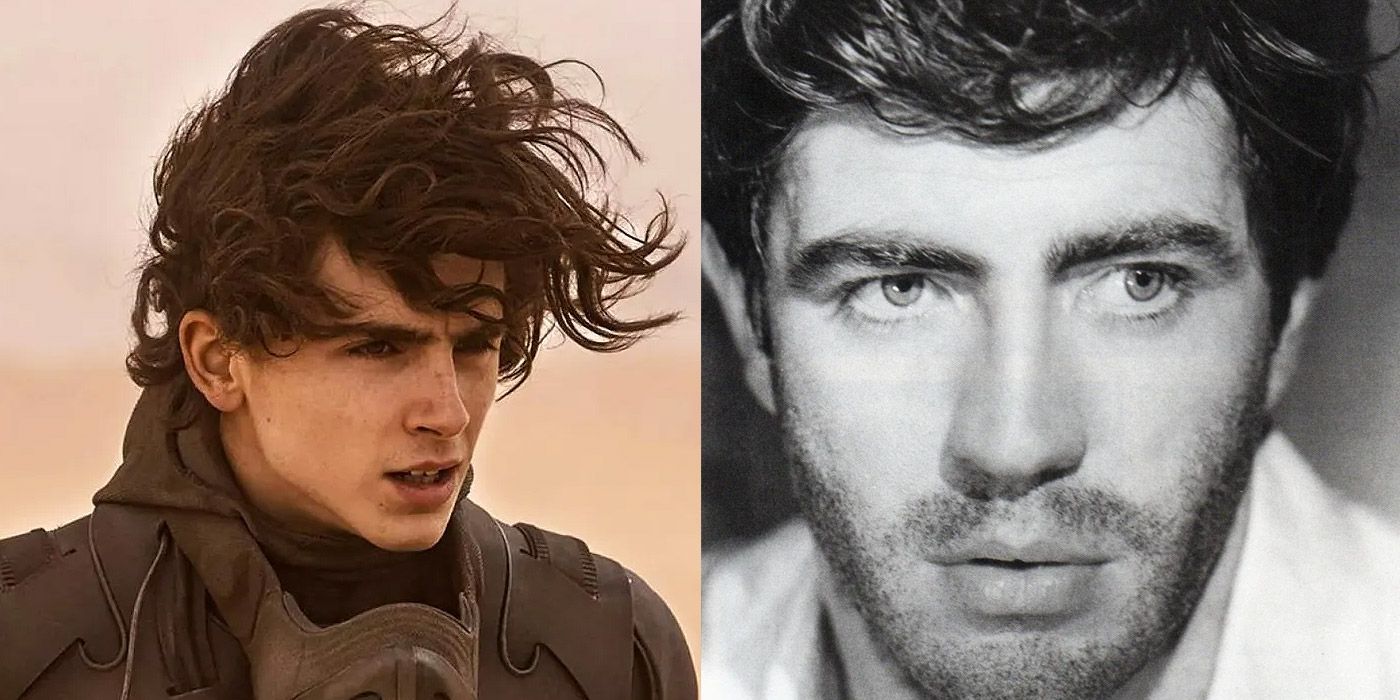
Timothée Chalamet plays lead protagonist Paul Atreides in the 2021 remake of Dune, but a minor criticism of the actor is his physicality when it comes to playing a hero part. For a version of Dune in 1965, an actor like Alan Bates would have been a surefire hit for the role. He was 31 at the the time, which fits well with the character.
Bates personified the distinguished English gentleman caricature of actors from that time period, yet he still had a rather thin and unassuming physicality. This also works well for the character of Paul Atreides, which would have allowed Bates to focus more on his performance as a distinguished young Duke.
Source: Screenrant
Post a Comment